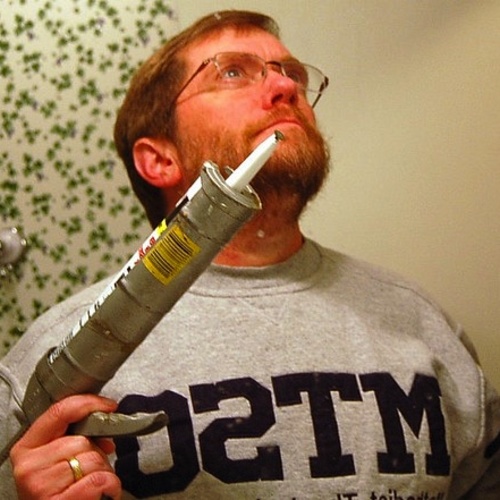Air Barriers Need to Resist Wind Pressure Many houses built to code and a lot of green commercial buildings have significant rates of air leakage. In cold climates as well as hot, humid climates, air leakage can be responsible for a third or more of the energy transfer across the building enclosure, says Straube. “There are also sound transmission issues. If you’ve got a hole even the size of my finger in a wall — a partition wall or an exterior wall — you’ll reduce your sound transmission class rating by five to ten points,” he says. So how exactly does air move through a house? Three ways: wind, fans, and stack effect. Wind is somewhat predictable — at least average speed and direction. Fans include kitchen and bath exhaust fans, HVAC equipment fans, and clothes dryers. Stack effect is an air pressure phenomenon; in winter, indoor air pressure increases with height.
Table of Contents 1. Air Leaks Waste Energy 2. Wind 3. Stack Effect 4. Fans 5. Humidity & Mold
The wind is predictable (to a point) Peak wind loads listed in the model building codes are fairly high. On average, however, local wind pressure is quite a bit lower. “In a low-rise building, 10 Pascals would be considered pretty high, but 5 Pascals is more likely,” says Straube. “And in a high-rise building, maybe 40, 50, or 60 Pascals.” A pressure of 240 Pascals is equivalent to 5 lbs. per square foot. The pressure exerted by a blower door — 50 Pascals — equals about 1 lb. per square foot (about equal to the pressure of a 16-mph wind). A low-slope-roof (under 3-in-12 pitch) is usually under negative pressure. Air is sucked up through the roof because the aerodynamics of the wind passing over the roof’s leading edge causes negative pressure. On a house with a sloped roof, the pressure is positive on the windward side — provided the slope is over 3-in-12 or 4-in-12 — and negative on the leeward side.
But wind is highly complicated. When wind tries to flow around buildings, the highest pressure is on the middle “sweet spot.” As the wind goes around the corners, it creates large swirls and negative pressures. According to Straube, wind-related structural damage often occurs at these spots — the high-pressure “sweet spot” or the areas of low-pressure swirling. Wind exerts positive pressure on the windward walls of a building, causing air leaks on the side of the building facing the wind. On the leeward side, negative pressure causes suction that pulls air through walls and windows.
Weekly Newsletter
Get building science and energy efficiency advice, plus special offers, in your inbox.








0 Comments
Log in or create an account to post a comment.
Sign up Log in